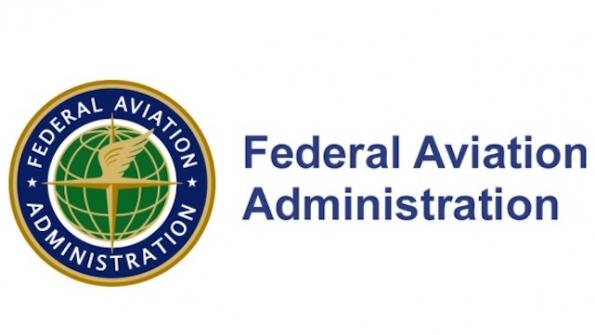|
Daily Memo: Former FAA Chief Billy Nolen On I28 Vision For U.S. Electric Air Taxi Ops
Ben Goldstein July 21, 2023Former FAA acting administrator Billy Nolen is now Archer Aviation's chief safety officer.
But that 2028 target—three years later than the first air taxis from Archer and Joby Aviation are expected to enter service—does not mean the agency has budged from its original mid-decade target for type certifying those aircraft, the FAA’s former acting Administrator Billy Nolen—now Chief Safety Officer with Archer—tells Aviation Daily in an exclusive interview.
“At Archer, we think we’re one of the leading contenders to get our certification done by 2024 and into service by early 2025, and nothing the FAA has said in the latest iteration of its Implementation Plan changes that timeline,” Nolen says. “The FAA hasn’t shifted its target at all. What they’re saying is they expect initial services in 2025, and then for those operations to be at scale by 2028. But, certainly, there will be operations around the country prior to that.”
Initial offerings from Archer and Joby are expected to consist of lower-frequency airport shuttle services concentrated in large cities like Chicago, Los Angeles, and New York. By 2028, however, the FAA envisions at least one—and possibly several—fairly dense markets with electric vertical-takeoff-and-landing (eVTOL) vehicles operating at higher tempo alongside drones and commercial aircraft, according to the implementation plan document.
But what does the FAA mean, exactly, by the phrase “at scale?” Nolen predicts that the number of air taxis in commercial service will steadily multiply from as little as 10 or a few dozen at launch in 2025 into the hundreds and up to 1,000 eVTOL aircraft in operations by 2028. Beyond that, he thinks the industry will reach a mature stage next decade where there will be tens of thousands of the new vehicles operating across the National Airspace System.
“In early 2025, we’re talking about low-density operations using typical VFR-type rules, one-way corridors and existing infrastructure, and then you continue to scale in terms of complexity and things like talking to air traffic control,” Nolen says. “At some point you’ve continued to evolve the levels of automation and connectivity as you move from 2025 to 2028.”
“Then there’s a point in time when I think we’ll hit that maturation stage, call it 2030 and beyond, where we literally could be talking about tens of thousands [of eVTOL aircraft],” Nolen says. “There are 50,000 helicopters out there today, so it stands to reason that you could see eVTOLs at least equaling that number at some point in time.”
The purpose of the I28 initiative—scheduled to coincide with the Los Angeles Summer Olympics in 2028—is to provide the FAA and its government agency partners with a “forcing function” against which to execute on the various elements of its AAM integration strategy, Nolen says.
“Innovate28 was that key event that coalesces all of the FAA’s different workstreams into a holistic plan of action with clearly replicable steps, milestones and accountability—so the industry knows where they stand, what the deliverables are, and the pathway to getting there,” he says.
Nolen also praised the Biden administration’s recent decision to nominate Mike Whitaker—a former FAA official deputy administrator under President Obama who most recently served as chief operating officer at Hyundai’s eVTOL subsidiary Supernal—as the “right person” to oversee the effort.
“I think that having someone who not only understands traditional aviation inside and out, but who also comes from within the AAM industry, sends a strong message to the world and to the markets that America is truly focused and prioritized around maintaining leadership in this emerging space,” Nolen says.
Regarding his own move to Archer, officially announced in June, Nolen said that his close work with the startup during his time at the FAA encouraged him that it had the right team, technology, and go-to-market strategy in place to execute on its timeline and become one of the global market leaders among air taxi startups.
“I voted with my feet,” Nolen says. “I had lots of opportunities after leaving the FAA, but what I liked about Archer was that the team had the requisite skill sets and an executable go-to-market strategy to achieve full commercialization ... I wouldn’t be with Archer right now if I didn’t believe in the team, the timeline and the vision that they have put forth.”





Ingen kommentarer:
Legg inn en kommentar
Merk: Bare medlemmer av denne bloggen kan legge inn en kommentar.